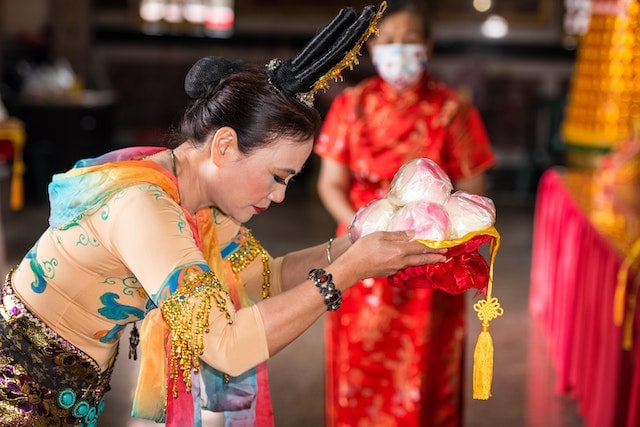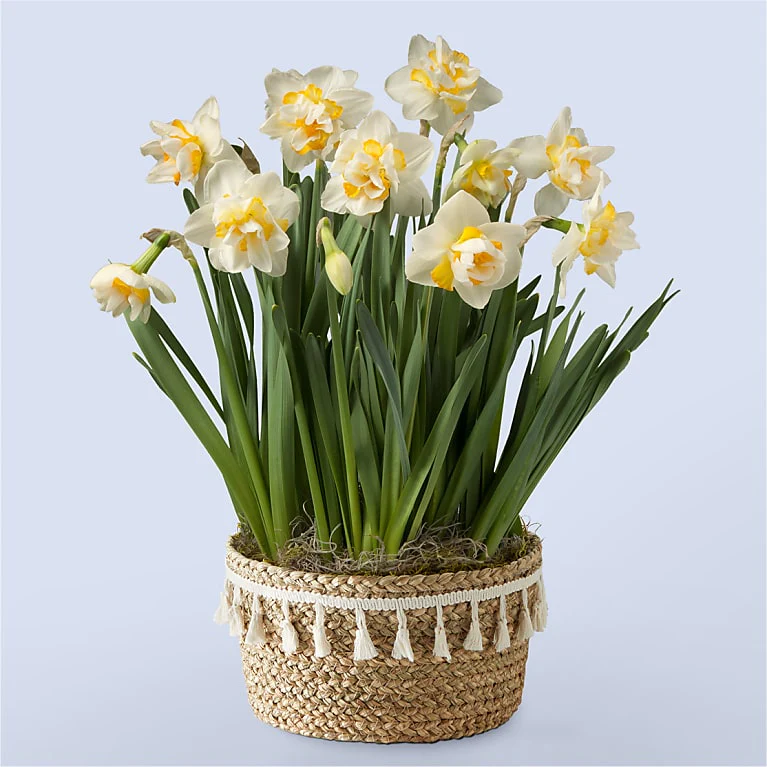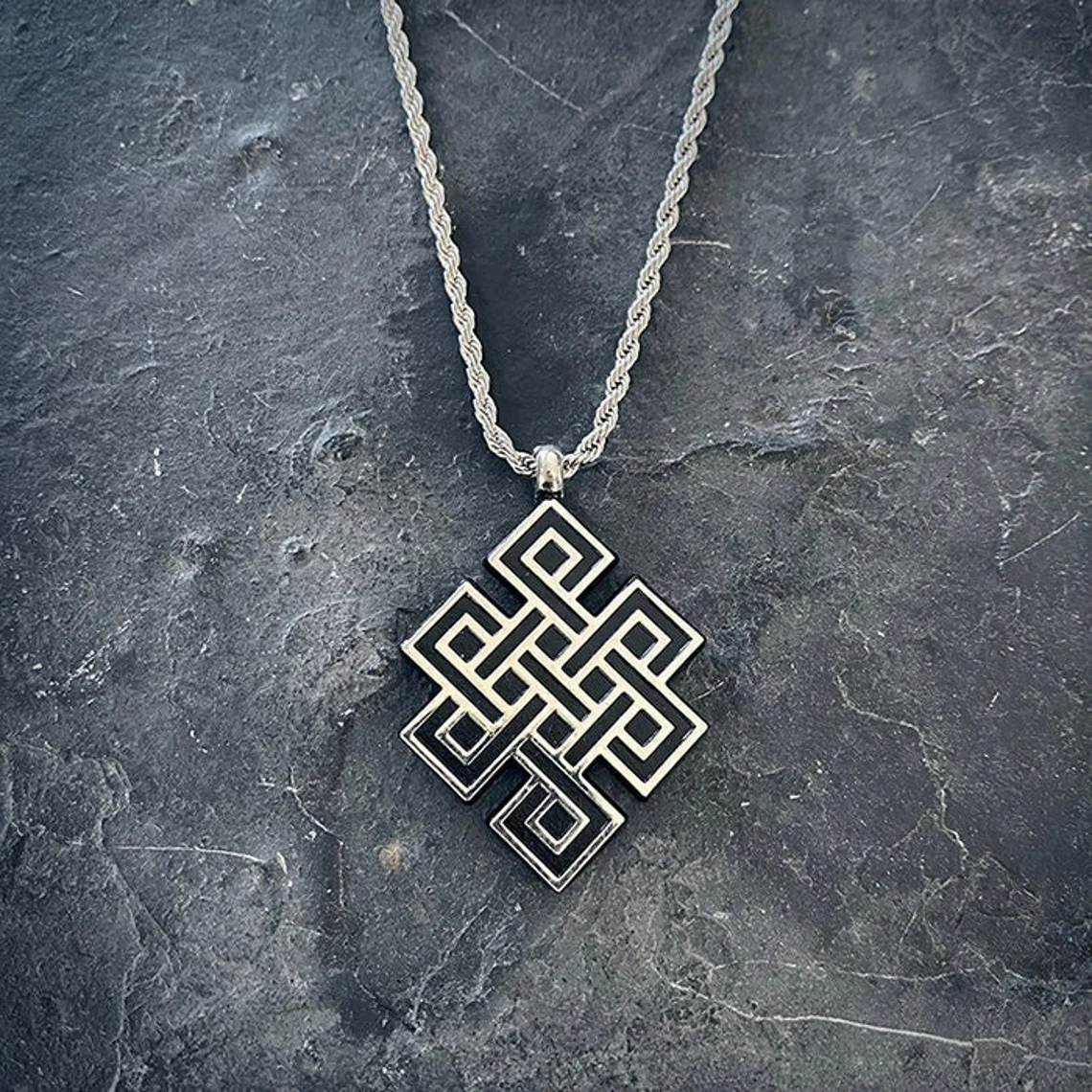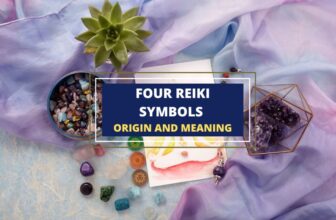
Table of Contents
Respect is an essential value that is fundamental to our interactions with others. It’s the foundation of healthy relationships, productive communication, and harmonious communities. We show respect through symbols – gestures, actions, or objects that represent and convey our admiration for others.
In this article, we will explore 19 symbols of respect worldwide. From the traditional bow in Japan to the Namaste in India, we will discover the significance behind each symbol and how it reflects the values of the culture that practices it.
1. Bowing

Bowing is a universal symbol of respect found in many cultures worldwide. It’s a gesture of humility and deference towards another person, often used in formal or ceremonial settings.
In Japanese culture, for example, bowing is deeply ingrained and can signify emotions from gratitude to apology. The depth and duration of the bow can indicate the level of respect or social status of the person being addressed.
In other cultures, such as South Korea, bowing is an important symbol of respect. The angle of the bow can differ depending on the occasion and the relationship between the individuals.
Historically, bowing has also been used as a sign of submission or surrender. In medieval Europe, a knight might bow before his lord as a show of loyalty, and in Japan, defeated samurai would perform a deep bow to their victors as a sign of surrender.
2. Saluting

Saluting is a gesture of respect used in many cultures and contexts, often associated with military or formal settings.
In the United States, for example, salutes are a standard form of the military protocol used to show respect to higher-ranking officers. The gesture involves raising the right hand to the forehead or temple with the palm facing forward.
The salute takes a different form in other cultures, such as India. Known as the “namaste” gesture, it involves placing the hands at the chest or forehead and bowing the head slightly. This gesture is a sign of respect and greeting and is commonly used in yoga and spiritual practices.
3. Gift

Gift-giving is a common symbol of respect found in many cultures and contexts. It’s a way of showing appreciation, gratitude, or honor to someone else.
In some cultures, such as Japan, gift-giving is deeply ingrained and can carry significant cultural and social meaning. In Japan, for example, gifts are often given as a sign of respect and gratitude, and giving and receiving gifts is steeped in complex social etiquette.
In other cultures, such as the United States, gift-giving is often associated with holidays and special occasions. It can also be used to express sympathy or show support for someone going through a difficult time.
The history of gift-giving can be traced back to ancient times when it was used to establish and maintain social connections and alliances. Today, gift-giving remains an important symbol of respect and gratitude and can vary widely in form and meaning across cultures and contexts.
4. Badge of Distinction

A badge of distinction is a symbol of respect often used to identify individuals who have achieved a certain status or accomplishment. In many cultures, badges or pins are awarded to military members or individuals who have achieved a high level of academic or professional success.
In some cultures, such as in ancient Rome, badges were used to denote an individual’s rank and social status. In medieval Europe, knights would wear coats of arms or heraldic badges to identify themselves on the battlefield.
In modern times, badges and pins are commonly used in professional and academic settings. For example, in the United States, the Presidential Medal of Freedom is a badge of distinction awarded to individuals who have made significant societal contributions.
5. Trophy

A trophy symbolizes respect commonly used to recognize achievement or success in a particular area. Trophies are often associated with sports, where they are awarded to teams or individuals who have won a competition or tournament.
In some cultures, trophies may also be used to recognize achievement or excellence in academic or professional settings.
For example, in the United States, the Pulitzer Prize is a prestigious award often seen as a symbol of respect for exceptional achievement in journalism, literature, or music.
The trophy’s history can be traced back to ancient Greece, where athletes were awarded wreaths or crowns for their victories in the Olympic games. Over time, these symbolic gestures evolved into physical prizes, such as cups or plaques, and eventually into the iconic trophy shapes we know today.
6. Plaque

A plaque is a symbol of respect commonly used to recognize achievement or commemorate an event or person of significance. Plaques are often made of metal or wood and can feature inscriptions, engravings, or images that convey a particular message or meaning.
In many cultures, plaques honor individuals who have made significant contributions to society or achieved high success in a particular field. For example, the National Baseball Hall of Fame in the United States features plaques that honor some of the greatest players in the sport’s history.
The history of the plaque can be traced back to ancient Rome, where they were used to commemorate important events or individuals. Over time, plaques have evolved into a powerful symbol of respect that can be used in various contexts.
7. Thyme

Thyme is an herb used for centuries to symbolize respect and admiration. In ancient Greece, thyme was associated with bravery and courage, often used to honor soldiers who had fought in battle. In medieval Europe, thyme was believed to have healing properties and was used to treat various ailments.
In some cultures, thyme still symbolizes respect and honor. In Morocco, for example, thyme is an important ingredient in tea, often serving as a sign of hospitality and respect. In Iran, thyme is used in cooking and is believed to have medicinal properties.
8. Certificate of achievement

A certificate is a document that recognizes the achievement or completion of a particular task or course of study. Certificates are often given as a symbol of respect and honor and can carry significant meaning for the recipient.
In many cultures, certificates are used to recognize achievement or excellence in academic or professional settings. For example, in the United States, certificates of achievement may be given to students who have demonstrated exceptional performance in a particular subject.
In the workplace, certificates may be given to employees who have completed a training program or achieved high success.
The history of certificates can be traced back to ancient Rome, where they were used to verify ownership or citizenship. Over time, certificates evolved into a powerful symbol of respect that can be used in various contexts.
9. Pin of recognition

A pin of recognition is a symbol of respect commonly used to acknowledge achievement, service, or contribution in a particular area.
Pins are often small and wearable and can feature designs, logos, or other insignia representing the recognized organization or achievement.
In many cultures, pins recognize individuals who have made significant contributions to society or achieved high success in a particular field. For example, military service members may be awarded pins in the United States to recognize their bravery or service.
Employees may receive pins to recognize their years of service or outstanding performance in the workplace.
10. Rosette

A rosette is a decorative ornament made of ribbon or fabric, often featuring a flower-like design. Rosettes symbolize respect and honor and are often given as awards or tokens of appreciation.
In some cultures, rosettes are used in formal or ceremonial settings, such as in military or government contexts. For example, in France, the Legion of Honor is a prestigious award with a red rosette as one of its logos.
In the United Kingdom, rosettes are often worn at horse shows and other equestrian events to indicate the rider’s or horse’s placement.
11. Ribbon

An average ribbon is a strip of fabric often used as a symbol of respect or recognition. Ribbons can come in various colors and designs, often used to signify a particular cause or achievement.
In many cultures, ribbons are used in formal or ceremonial settings, such as military or government. For example, in the United States, the Purple Heart award features a ribbon worn on the uniform to indicate that the recipient has been wounded in battle.
Ribbons are also commonly used in fundraising or awareness campaigns, where they are used to signify support for a particular cause or issue. For example, the pink ribbon is a well-known symbol of breast cancer awareness.
12. Daffodil

In ancient Greece, the daffodil was associated with the god Apollo and was seen as a symbol of renewal and new beginnings.
In modern times, the daffodil has become an important symbol of hope, support, and respect for those affected by cancer, particularly in the United States and the United Kingdom.
The daffodil is also an important symbol of spring’s arrival and life’s renewal. In many cultures, the daffodil is associated with Easter and is often used in religious ceremonies and traditions.
In addition to its symbolic meaning, the daffodil is also a popular flower in gardens and floral arrangements.
13. Red

The color red is often used to symbolize respect and admiration in many cultures worldwide. In Chinese culture, it’s believed that red brings fortune and prosperity and is often used in wedding ceremonies and other festive events.
In many African cultures, red symbolizes courage and bravery, often worn by warriors and other military leaders.
In Western cultures, the color red is often paired with imagery of love and passion and is commonly used in romantic contexts. It’s also used as a symbol of warning or danger, such as in traffic signals or warning signs.
In religious contexts, red is often used to symbolize sacrifice and martyrdom. For example, in Christian traditions, red is associated with the blood of Christ and is often used in artwork and another religious iconography.
14. Monstera plant (Chinese culture)

The Monstera plant, a.k.a. the Swiss Cheese plant, has become a popular symbol of respect and admiration in recent years, particularly in interior design. Its large, vibrant green leaves often bring a touch of tropical flair to homes and workplaces.
In some cultures, the Monstera plant is associated with prosperity and good fortune. In Feng Shui, a Chinese practice emphasizing energy flow in living spaces, the Monstera plant is believed to bring abundance and positive energy to the home or workplace.
15. Emerald

Emerald stones are a powerful and elegant symbol of respect, prized for their beauty and rarity for centuries.
In ancient Egypt, emeralds were associated with fertility and were often used in jewelry and other decorative objects. In Greek mythology, emeralds were believed to have healing properties and were associated with the goddess Aphrodite.
In many cultures, emeralds are also associated with royalty and power. For example, the British Crown Jewels feature several emeralds, including the Delhi Durbar Tiara, which was made for the coronation of King Edward VII in 1903.
Emeralds are also often used in engagement rings and other romantic jewelry, as they are believed to symbolize love, loyalty, and devotion.
16. Eternal Knot in Tibetan Buddhism

The eternal knot also called the Endless Knot, symbolizes respect and enlightenment in Tibetan Buddhism. The knot comprises an intricate interweaving pattern with no beginning or end, representing the interconnectedness of all things in the universe.
In Tibetan Buddhism, the eternal knot is often used to represent the concept of interdependence and the idea that all actions have consequences. It’s also associated with karma and the cycle of rebirth.
17. Camellia

Camellias are evergreen shrubs that are a symbol of respect and admiration in many cultures worldwide. They are often associated with love, affection, and gratitude and are frequently used in gift-giving and other expressions of appreciation.
In Japan, camellias are often associated with samurai warriors and are seen as a symbol of courage and strength. In China, camellias are associated with the feminine principle of beauty and grace and are often used in traditional ceremonies and celebrations.
18. Tipping hat

Tipping one’s hat is a traditional symbol of respect used for centuries in many cultures worldwide. It’s often used as a gesture of acknowledgment and gratitude, particularly in formal or ceremonial settings.
In Western culture, tipping one’s hat dates back to medieval times, when knights would raise their helmets to show respect to royalty or other important figures.
Over time, the practice evolved into the more subtle gesture of tipping one’s hat, which is still used today in various contexts.
19. Orchids

Orchids are a popular and elegant symbol of respect in many cultures worldwide. They are often associated with beauty, refinement, and luxury and are frequently used in gift-giving and other expressions of appreciation.
Ancient Greece’s orchids were associated with masculinity and were often used in love potions and other medicinal remedies. In Chinese culture, orchids are associated with strength, nobility, and beauty and are often used in traditional ceremonies and celebrations.
Wrapping Up
Symbols of respect serve as a powerful reminder of our shared values and the importance of treating others with kindness, empathy, and appreciation.
By understanding and incorporating these symbols into our interactions with others, we can foster a culture of respect and inclusivity that transcends borders and promotes harmony among diverse communities.
So, the next time you encounter a symbol of respect, take a moment to reflect on its meaning and consider how you can incorporate it into your own life. Doing so will make a small but meaningful step towards creating a more respectful and harmonious world.
Similar Articles:
Top 10 Symbols of Grace and What They Mean
11 Powerful Symbols of War and Their Meanings








